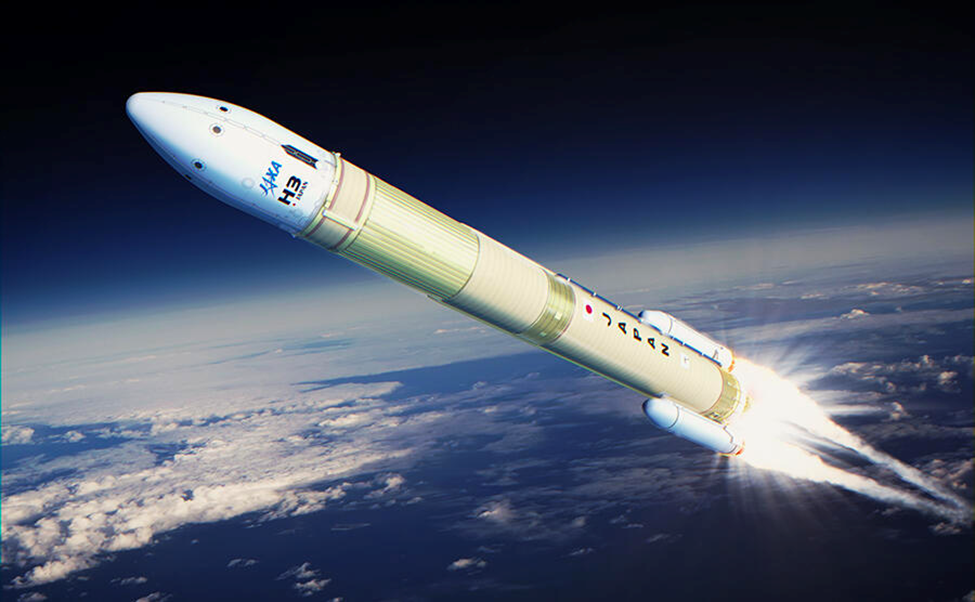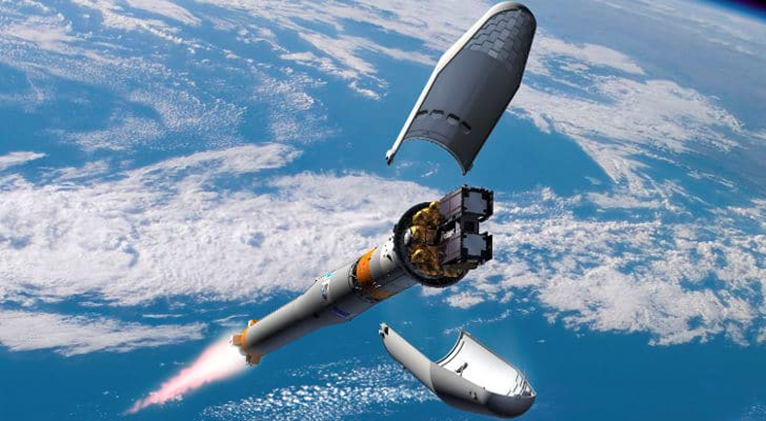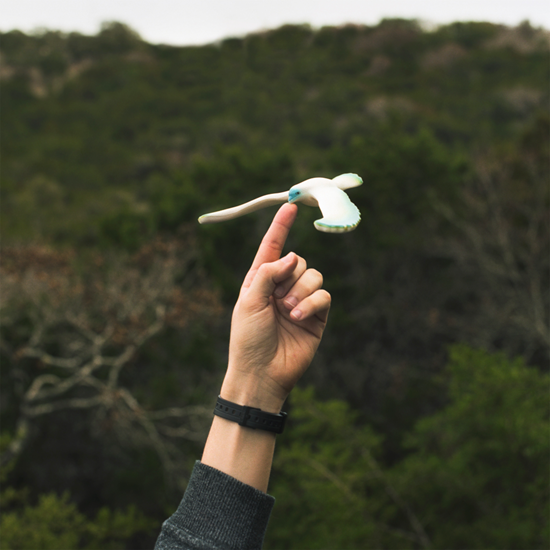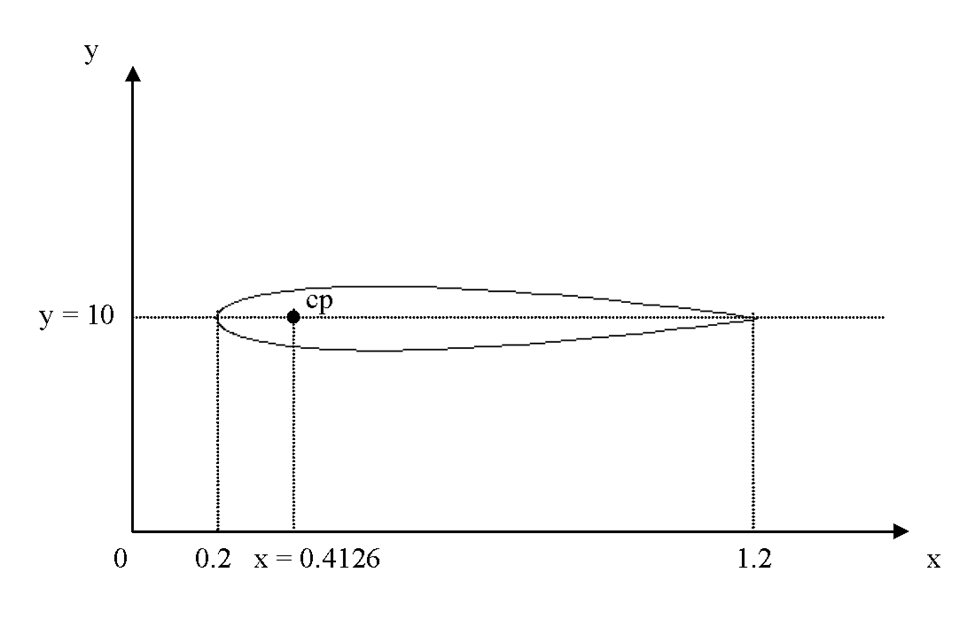
The shots of rockets launching off the ground bring with it many questions. How does it launch? How can such a large vehicle possibly have enough power to get out of Earth’s gravitational pull? How does such a large object remain stable? Perhaps the most important is how can you build a rocket? These along with many other questions are going to be answered throughout the following blog posts. Today we are going to be focusing on the absolute basics of rockets, and rocket design.

All rockets regardless of size share two primary sections. These are the nose cone and the booster sections. The booster houses the propulsion system of the rocket. Many modern rockets house a liquid-propulsion system. The two gasses that are used tend to be liquid hydrogen and liquid oxygen. Both of these molecules are combusted, or burned, and thanks to Newton’s Third Law, the force of the gas leaving the rocket propels the rocket upwards in an equal-opposite reaction. Rockets that want to reach exit velocity, or the velocity required to leave Earth’s atmosphere, use liquid-propulsion systems. These systems can be up to 80% of the length of the rocket. On model rockets such as the one pictured above the booster tend to consist of 30-40% of the rocket. However, the actual motor can only be about 15-20% of the rocket length. The rest of the booster is generally left for recovery systems, such as charges, parachutes, and other related items. Model rockets use solid-propulsion systems. Normally for such systems an ignition wire is placed into the motor, and an electrical current ignites the motor. Solid-propulsion can be packaged smaller but is much heavier than liquid-propulsion. This makes it unrealistic for large-scale rockets, but due to the amount of space that liquid propulsion takes up, it is unrealistic on model rockets.

A rocket is normally designed to serve some sort of purpose. When NASA launches a rocket they tend to launch a satellite into space so they can observe the universe or the Earth. Thus, to serve this purpose a payload is carried within the rocket. The payload is generally defined as where the passengers and cargo of a rocket are stowed. On rockets that go to orbit, engineers are heavily restricted because of size constraints due to the maximum length and width that a rocket can be to ensure it is able to reach exit velocity. Because of this, there is no freedom in where the payload can be placed, as it must be stored in the nose cone. This is why we care about model rockets. On model rockets, since the design is completely up to the maker, the placement of the payload is completely up to choice. There is much more freedom in size and length, making it much easier to test before a payload is launched in a rocket.
Now that we know why we care about rockets let’s look at the absolute basics of rocket stability.

The first element of stability is the center of mass. The center of mass is defined as the average position of the mass of an object. Let’s say you picked up a pencil and tried to balance it on your finger. Where your finger makes contact with the object. If you look closer you’ll see that this is not the middle of the pencil. Since the center of mass is the average position of the mass of an object, it stands to reason that adding mass above or below the center of mass will change the center of mass. We can prove this with math. The equation for the center of mass is Cm = m1d1+m2d2+...+mndnm1+m2+...+mn where m is the mass and d is the distance from the mass. You can clearly see how changing the distance of a mass will change the center of mass. You can also see how placing a mass on the center of mass will not change the center of mass since d = 0,mnd is 0. This is important as it allows us to move around parts within the rocket to manipulate the center of mass and improve the stability of the rocket.

The second element is the center of pressure. The center of pressure is a much harder concept to understand. It is defined (in the context of rocketry) as the average location of all of the aerodynamic forces acting upon an object. We’ll look at how to find the center of pressure in a future blog, but this is critical when figuring out the calibers and stability of a rocket. We can manipulate the center of pressure by reshaping the fins that are on the rocket. Fins create drag and the aerodynamic stability allows the rocket to fly straight. By reshaping them you can alter the stability of the rocket. This blog was just an overview of rockets and how to build a stable rocket. In the coming blogs, we will delve much deeper into topics that were presented here.